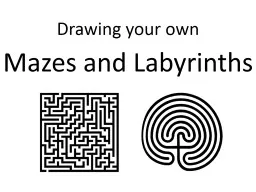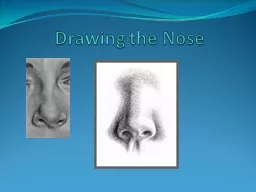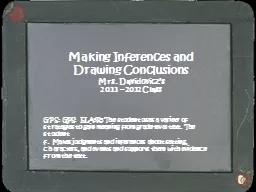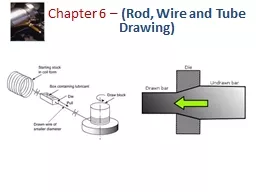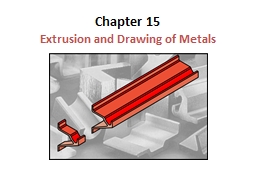PPT-Drawing your own Mazes and Labyrinths
Author : lois-ondreau | Published Date : 2018-10-31
Some of the earliest mazes and labyrinths we know of were found in Egypt and in Crete dating back over 4000 years One of the most famous of these is the sevencircuit
Presentation Embed Code
Download Presentation
Download Presentation The PPT/PDF document "Drawing your own Mazes and Labyrinths" is the property of its rightful owner. Permission is granted to download and print the materials on this website for personal, non-commercial use only, and to display it on your personal computer provided you do not modify the materials and that you retain all copyright notices contained in the materials. By downloading content from our website, you accept the terms of this agreement.
Drawing your own Mazes and Labyrinths: Transcript
Download Rules Of Document
"Drawing your own Mazes and Labyrinths"The content belongs to its owner. You may download and print it for personal use, without modification, and keep all copyright notices. By downloading, you agree to these terms.
Related Documents

